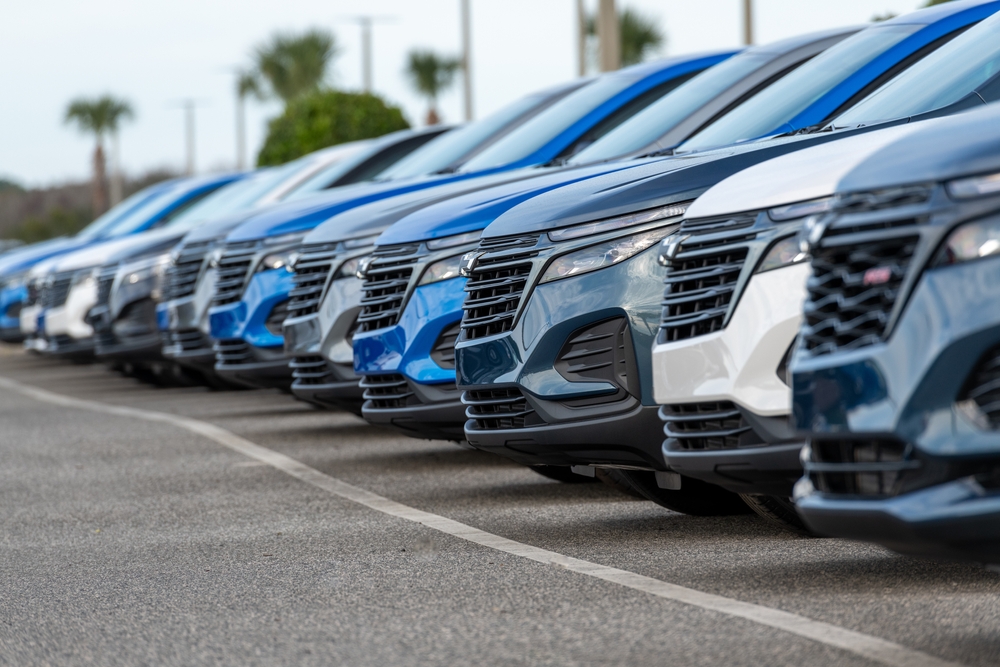U.S. new vehicle sales are poised to rise to their highest levels since 2019, fueled by lower interest rates, improved affordability, and normalizing inventories. Industry analysts project sales of 16.2 to 16.3 million new light-duty vehicles in 2025, up from this year’s expected range of 15.9 to 16 million units.
The anticipated growth represents a modest 2.5% or less increase in sales but reflects significant progress from years of supply chain disruptions, inflated prices, and tight inventories since the pandemic.
A Friendlier Market for Car Buyers
The auto market has been gradually shifting in favor of consumers as financing costs ease and automakers reintroduce incentives.
“Consumers are still feeling the pinch, but the market has become a slightly friendlier place for car shoppers than it was at the start of the year,” said Jessica Caldwell, head of insights at Edmunds, in a recent statement.
One of the strongest growth areas is expected to be entry-level and lower-cost vehicles, addressing years of elevated prices that have priced many buyers out of the market. Edmunds reported that the average transaction price for new vehicles in 2024 was $47,465, down 0.8% from 2023 but still significantly higher than pre-pandemic levels.
Electrification Continues to Expand
Electrified vehicles, including hybrids, plug-in hybrids, and all-electric models, are projected to drive a significant portion of the market’s growth. All-electric vehicle sales in the U.S. are forecast to hit a record 1.3 million units in 2024, accounting for 8% of the market share, up slightly from 7.6% in 2023.
While Tesla remains the market leader, its dominance is waning. For the first time since 2014, Tesla’s sales are expected to decline year-over-year. The Model Y and Model 3 still hold the top two spots in EV sales, but competitors such as Hyundai Motor Group and General Motors are rapidly gaining ground. GM has seen the largest year-over-year increase in EV market share, up 2.7%.
Looking further ahead, Cox Automotive predicts that electrified vehicles will make up 25% of new vehicle sales by 2025, with all-electric models exceeding 10% penetration.
Regulatory and Policy Uncertainty
The potential end of federal consumer credits for EV purchases, currently offering up to $7,500 per vehicle, could impact EV sales momentum. President-elect Donald Trump has vowed to end these credits, adding uncertainty to the market.
Trump’s proposed 25% tariffs on vehicle production in Canada and Mexico also loom as potential disruptors. Jonathan Smoke, chief economist at Cox Automotive, called such tariffs “a radical disruption” to the U.S. auto market.
“We know that twists could be coming with policy shifts, but most of those shifts are likely to take time,” Smoke said during a recent briefing.
Challenges for Automakers Despite Rising Sales
While higher sales volumes may seem like good news, analysts caution that automakers could face profitability challenges due to increased incentives and declining pricing power.
“We continue to see signs that pricing is not sustainable,” Wells Fargo analyst Colin Langan said in a recent investor note, citing rising inventories, falling dealer profits per vehicle, and higher discounts.
Near-record vehicle prices are beginning to plateau, which benefits consumers but poses a challenge for automakers’ margins.
Looking Ahead: Opportunities and Risks
The U.S. auto market is entering a period of recovery and transformation. As interest rates ease and inventories normalize, sales are expected to reach pre-pandemic levels. However, the industry faces significant challenges, including regulatory uncertainty, potential tariff disruptions, and pricing pressures.
For automakers, balancing consumer affordability with profitability will be critical in the coming years as they navigate an evolving landscape shaped by electrification and economic shifts.


